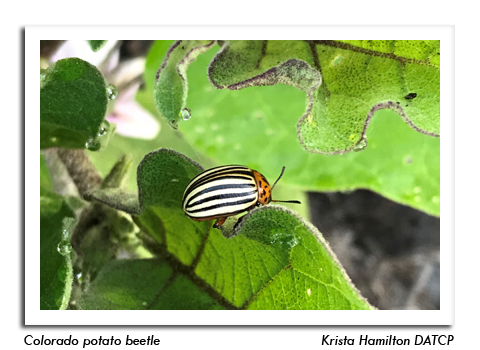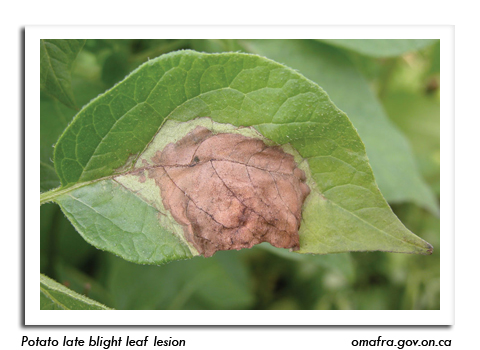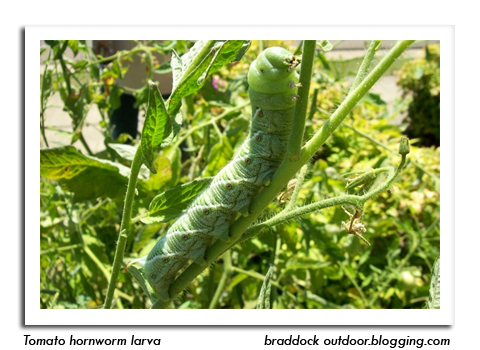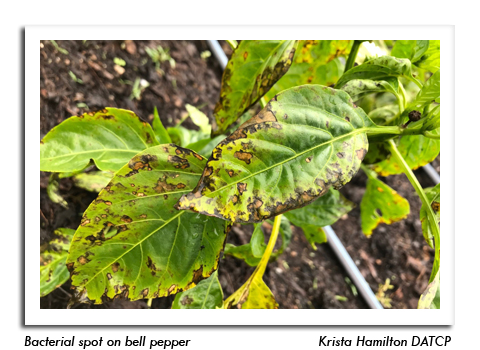
 |
|
|
Vegetables
Volume 65 Number 10 Date 07/08/2020 STRIPED CUCUMBER BEETLE - Gardeners and farmers should continue scouting cucurbit plants for these yellow and black striped beetles that transmit bacterial wilt. Surveys indicate economic infestations (2-7 beetles per plant) are common in community gardens and on CSA farms surveyed by DATCP. Cucurbits infected with bacterial wilt first exhibit flagging of individual lateral leaves, followed by wilting and death of the entire plant. The treatment threshold for cucumber beetles is one beetle per plant in melons, cucumber, Hubbard and butternut squash, and younger pumpkins. For less susceptible squash varieties, watermelon and older pumpkins, the threshold is increased to five adults per plant. SQUASH BUG - Populations of this vine crop pest typically increase sharply around mid-July with the appearance of many small nymphs. An average of one egg mass per plant when plants are flowering is recommended as the basis for initiating treatment. For gardens, manually removing and destroying the bugs and their eggs is most effective. Another option is to place cardboard or newspaper on the ground next to the plants. At night the squash bugs will collect beneath the cardboard and can be destroyed in the morning. Organic growers may use directed applications of pyrethrum (PyGanic) or the pre-mix with azadirachtin (Azera). Refer to UWEX publication A3422 "Commercial Vegetable Production in Wisconsin" for a list of registered insecticides. COLORADO POTATO BEETLE - The summer generation of beetles is appearing in potatoes. New adults and all larval stages were observed in the past week on potatoes in several southern and western Wisconsin community gardens. LATE BLIGHT - Heat and scattered rain in the past two weeks have created favorable conditions for late blight development. All four of the potato plantings monitored by UW?Grand Marsh, Hancock, Plover, and Antigo?have exceeded the threshold for late blight risk. Potato and tomato crops in these areas should be receiving routine (~weekly) preventative fungicide applications, according to Dr. Amanda Gevens, UW-Madison Vegetable Plant Pathologist and Extension Specialist. No cases of late blight have been confirmed in Wisconsin as of July 9. SQUASH VINE BORER - Increased inspection of pumpkins, squash, gourds, and other vine crops is recommended during the next two weeks. Egg laying is underway and small larvae are now boring into squash stems and runner vines. Insecticides are only useful if applied before the larvae tunnel into vines, and a second application is usually necessary during the adult flight period. TOMATO HORNWORM - Moths have begun laying eggs on the undersides of tomato leaves in southern Wisconsin. Tomato growers who have experienced past problems with this pest should start inspecting plants for the smooth, spherical, pale green eggs deposited individually on the lower surface of leaves. Once the eggs hatch, the larvae grow rapidly and can quickly defoliate plants. Prompt removal of the larvae is the best control measure. BACTERIAL SPOT - This disease is evident on bell pepper foliage in most community gardens surveyed by DATCP. Bacterial leaf spot (BLS) is a very common, destructive disease of peppers in the U.S. Symptoms include leaf spots that initially appear water-soaked, then become brown and irregularly shaped. Infected leaves often turn yellow and drop. Raised, scab-like spots may develop on fruits, reducing yield and exposing peppers to potential sunscald. In severe cases, complete crop failure can occur. Infected seed is an important source of the bacterium that causes BLS in pepper. Therefore, the use of disease-free seed and transplants are important in BLS management. Infected plant debris and weeds are additional sources of the pathogen and must also be eliminated to reduce the amount of the pathogen available to initiate disease. -- Krista Hamilton, DATCP Entomologist .jpg)


.jpg)


|
|
|